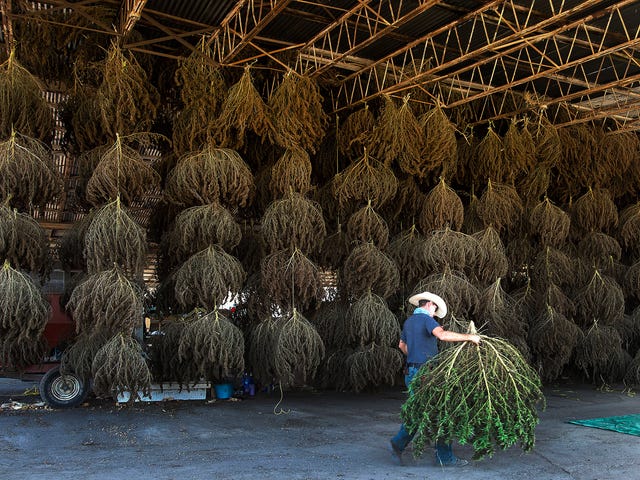Last week, we jabbed at the United States Department of Agriculture’s Interim Final Rule for hemp and downstream products. But we’re not entirely pessimists and thought it behooved us to showcase some of the better additions to much needed hemp regulations. After all, when you can buy cannabidiol (CBD) products just about anywhere, anytime, it’s important that products are regulated to ensure product and therefore consumer safety.
The fact that this document exists is a testament to our evolution or perhaps return to rationality. Hemp is a useful, versatile, medicinal plant that has been used for millennia. The fact that it ever became illegal in the first place for its paltry tetrahydrocannabinol (THC) content is quite the slap in the face of humankind. It’s been utilized for paper, food, clothing, rope, and medicine. Read Jack Herer’s The Emperor Wears No Clothes for a masterful description of all that hemp has been and can be.
One of my personal favorite new additions to the federal hemp guidelines involves the incorporation of lab error. I’ve always thought that the 0.3% THC threshold set for industrial hemp required some cushion, since if a lab measures 0.31%, the sample will fail, and destroying good hemp for 0.02% (since it would need to be < 0.3%) seems sacrilegious. The feds apparently, hopefully, felt the same, as page 58525 discusses measurement uncertainty.
I don’t care what you’re measuring, there will always be error. Whether you size something up with your eyes, or use sophisticated, expensive analytical instrumentation, no measurement is meaningful without understanding the uncertainty in that measurement. The error shows the spread in the data, and thus, if the range produced using the error happens to incorporate a federally compliant number, the sample will be labeled as hemp.
For example, if the lab measures 0.35% THC, but their error in that measurement is 0.06%, this generates a possible range of 0.29-0.41% THC. And since 0.29% THC would be compliant, this sample, which would have previously failed, would now pass. Thus, the feds incorporation of some statistics has caused analytical chemists across the globe to pinch their flesh to ensure they’re not dreaming, and then raise their fists and shout out hallelujah.
The USDA is also considering requiring hemp testing labs to obtain ISO17025 accreditation. While achieving this certification doesn’t guarantee quality analytics, it’s a very large step in the right direction. Obviously, we’ve got THC covered in many regards with these new regulations. Here’s hoping, though, that 2020 brings better vision to our elected officials, such that they begin to focus on what really matters, namely contaminants that can harm unsuspecting consumers. That’s kind of the point of initiating regulations in the first place, isn’t it?
Hemp farming is back and is alive and well. In Pennsylvania, even the Amish have started cultivating hemp. Mom and Pop farmers like these deserve the opportunity to practice their craft unfettered by impractical decisions by suits that don’t really understand farming, or hemp, or science. Downstream regulations should be in well-defined language and should invoke rationality in helping these farmers make a sustainable living. So, here’s to the USDA’s opening the floor for public comments to those with a stake in the game. Let’s just hope constructive feedback will be welcomed with open minds.












